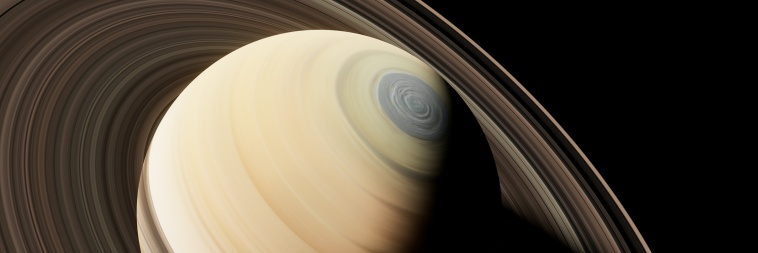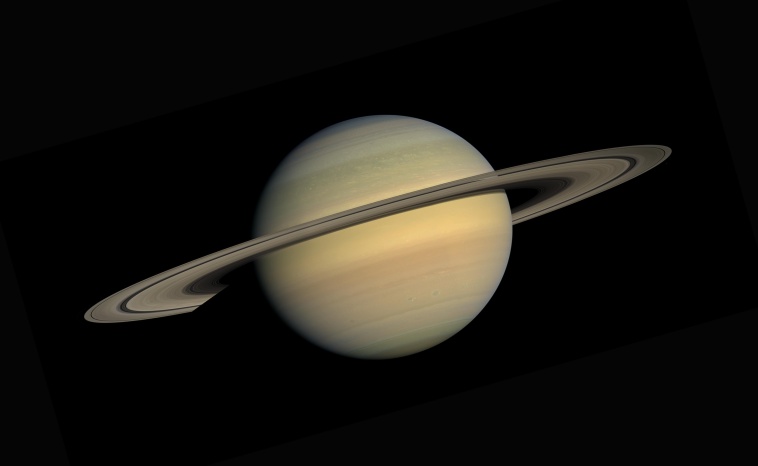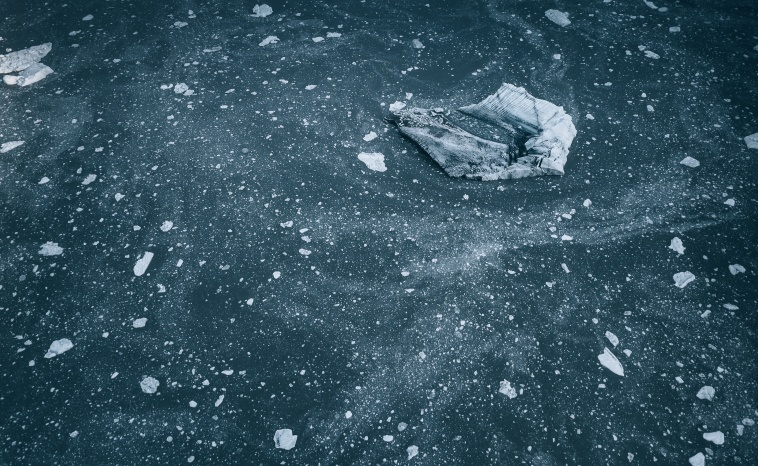How Did Saturn Get Its Rings?

They’re one of our solar system’s most instantly recognisable features, but exactly how did Saturn get its rings? In this article, we’ll tell you everything you need to know.
The rings of Saturn, visible even from a small telescope on Earth, have been a source of wonder for professional astronomers and amateur stargazers alike for centuries. Their beauty, intricate structure, and mystery surrounding their origin make Saturn one of our solar system’s most studied planets. But how did Saturn get its rings? In this article, we’ll delve into the mysteries of Saturn and its spectacular rings, exploring their characteristics and theories behind their formation. We’ll also consider the future of Saturn’s rings and look at other ringed planets in our solar system.
Understanding Saturn and its Spectacular Rings

Saturn is the sixth planet from the sun in our solar system. It’s the second-largest planet, boasting a diameter about nine times that of Earth. However, the planet has a very light average density due to its gaseous composition, mainly hydrogen and helium – it’s so light that if you could find a big enough body of water to drop Saturn on, it would float! It’s also home to at least 145 moons, including Titan, a larger celestial body than Mercury.
The exploration of Saturn has been aided by numerous spacecraft, most notably the Voyager and Cassini-Huygens missions. These scientific efforts provided valuable insights into the gas giant’s structure and phenomena.
When Galileo Galilei first observed Saturn in the 1600s, he was puzzled by its “appendages”. But it was Christiaan Huygens, another renowned astronomer, who, in 1655, suggested that a thin, flat ring encircled Saturn. Over the centuries, our understanding of Saturn’s rings has grown, but many intriguing questions remain.
Saturn’s rings are one of the most striking features of our solar system. They’re so expansive that if they could be laid out flat, they would stretch almost from Earth to the Moon! But despite their size, the rings are remarkably thin, with a thickness of approximately one kilometre.
What are Saturn’s Rings Made Of?

Saturn’s rings are not a solid structure but consist of countless objects, each orbiting the planet independently. The rings are primarily composed of water ice, with a small amount of rocky material. The ice particles are remarkably pure, with a composition similar to freshwater ice on Earth. This composition is one of the reasons why Saturn’s rings are so bright and visible from Earth; the ice reflects sunlight very effectively.
The particles that make up the rings range from tiny dust grains to massive chunks of ice that are several, or even tens, of metres across. They are organised into several different rings and gaps, each with unique characteristics and mysteries. These particles are constantly colliding and interacting with each other, leading to the formation of intricate structures within the rings.
Observations from spacecraft like Voyager and Cassini have provided incredible details about Saturn’s rings. They have revealed intricate structures within the rings, including waves, braids, and even vertical structures towering above the ring plane. But while these observations have helped shape our understanding of Saturn’s rings, they have also raised new questions and deepened their mysteries.
The Theories Behind the Formation of Saturn’s Rings

There are several theories about how Saturn’s rings formed. One of the most widely accepted theories is that the rings are the remnants of a moon or moons that were shattered by Saturn’s gravity. According to this theory, the moon was torn apart when it ventured too close to Saturn, and the resulting debris spread out to form the rings.
Another theory suggests that the rings could have formed from the remnants of a comet captured by Saturn’s gravity. As with the moon theory, the comet in question would have been torn apart by Saturn’s tidal forces, and the resulting debris would have spread out to form the rings. Alternatively, a third theory proposes that the rings could have originated from the icy material ejected from Saturn’s moons following meteorite impacts.
Each of these theories has strengths and weaknesses, but in truth, none can fully explain all of the observations of Saturn’s rings. As a result, astronomers continue to dedicate research efforts to learn more about the formation of Saturn’s rings.
How Old Are Saturn’s Rings?
Other scientists argue that the rings are much older, possibly as old as Saturn itself. They suggest new material from comets, and Saturn’s moons have gradually replenished the rings.
Determining the age of Saturn’s rings is challenging because it requires understanding the rate at which they are losing material and the replenishing processes. Despite these challenges, scientists are making progress, and recent observations suggest that the rings are likely younger than previously thought.
Is Saturn Losing Its Rings?
Recent research suggests that Saturn is indeed slowly losing its rings. Observations from the Cassini spacecraft revealed that particles from Saturn’s rings are raining down onto the planet’s atmosphere. This process, known as “ring rain”, is slowly depleting the rings.
If the current rate of ring rain continues, Saturn’s rings could disappear in less than 100 million years. This may seem like a long time, but it’s relatively short compared to the age of the solar system.
However, it’s important to note that the rate of ring rain could change over time. Some processes can replenish the rings, such as material ejected from Saturn’s moons by meteorite impacts. Therefore, it’s uncertain exactly how long Saturn’s rings will last.
A Look at Other Planets with Rings

Saturn is not the only planet in our solar system with rings. Jupiter, Uranus, and Neptune also have ring systems, although they are much less prominent than those around Saturn.
Jupiter’s rings are composed mainly of dust particles, which are thought to be kicked up by meteorite impacts on the planet’s small inner moons. Uranus’s and Neptune’s rings are darker and more compact than Saturn’s, composed mainly of ice and rock.
These other ring systems are less studied than Saturn’s and have their own mysteries. For example, it’s unclear why Uranus’s and Neptune’s rings are so dark or why Jupiter’s rings are so faint. Studying these other ring systems can provide valuable insights into the formation and evolution of planetary rings.
The Future of Saturn and Its Rings
Scientists are using computer models to predict the future evolution of Saturn’s rings. These models take into account the various processes that can add or remove material from the rings, such as ring rain and meteorite impacts, as well as the gravitational interactions between the rings and Saturn’s moons.
According to these models, Saturn’s rings will likely continue evolving and changing. They may become thinner and less bright or develop new structures and patterns. However, it’s also possible that some catastrophic event, such as a large comet impact, could drastically alter the rings or even eradicate them.
The Continued Enigma of Saturn’s Rings
Saturn’s rings are a beautiful and complex system that continues to captivate us with its mysteries. Despite centuries of observation and decades of spacecraft exploration, we still have much to learn about these wondrous icy circles.
We have yet to fully understand how the rings formed, how old they are, or how long they will last. But with each new observation and spacecraft mission, we are getting closer to answering these questions.
In the meantime, Saturn’s rings continue to inspire awe and wonder in all who gaze upon them, reminding us of the beauty and complexity of our universe. But Saturn isn’t the only incredible object in our night sky – and with the OSR Star Finder App, you can learn more about some of the other distant objects in our corner of the galaxy! After downloading the app to your iOS or Android device, you can use it to locate your own named star and discover interesting facts about other nearby stars, planets, and constellations.
